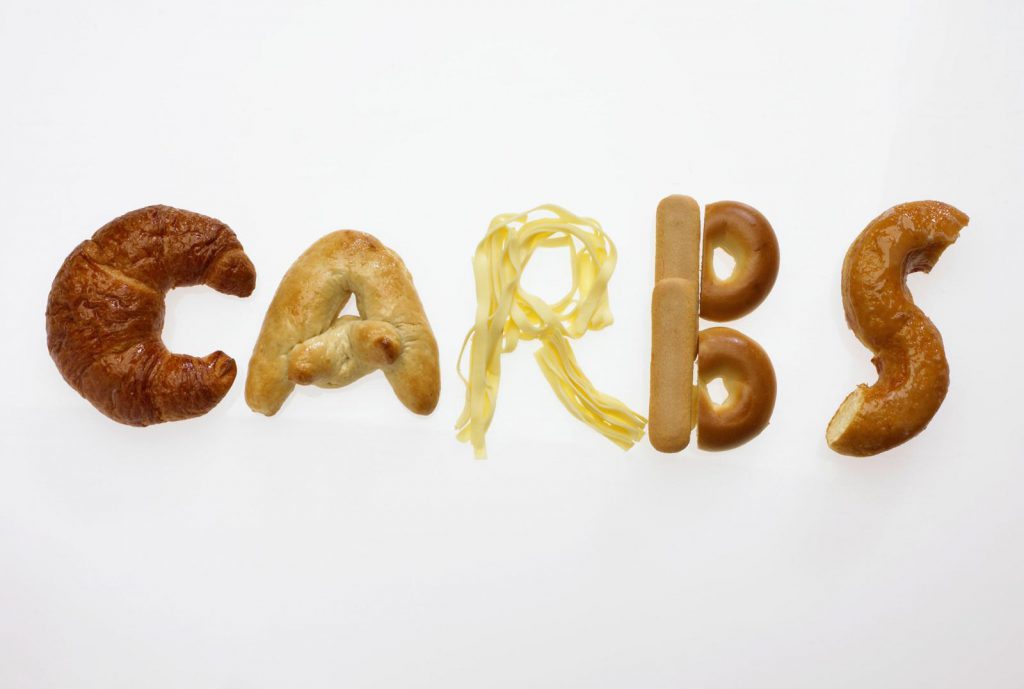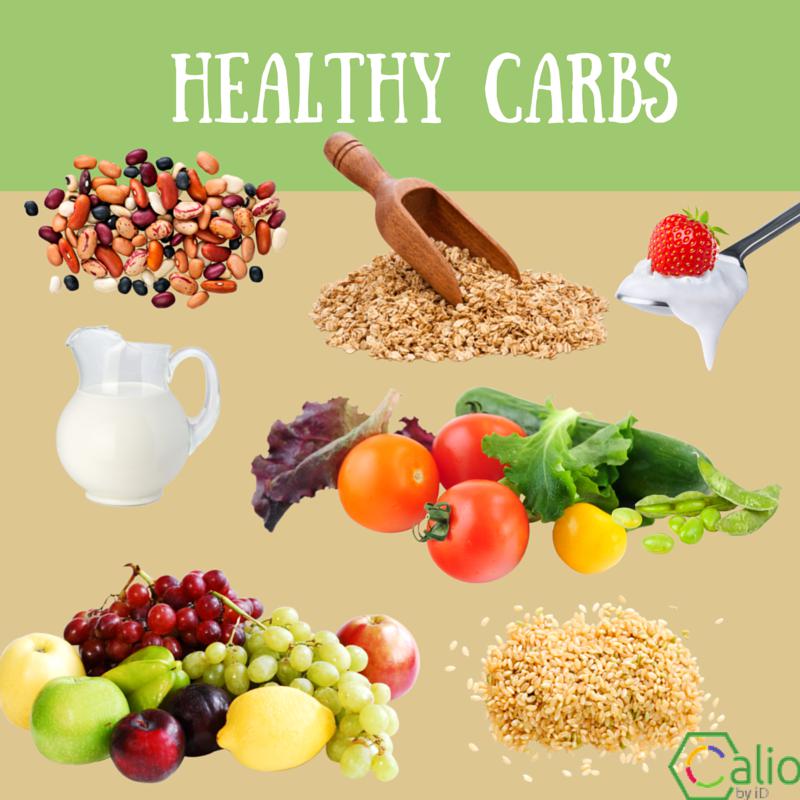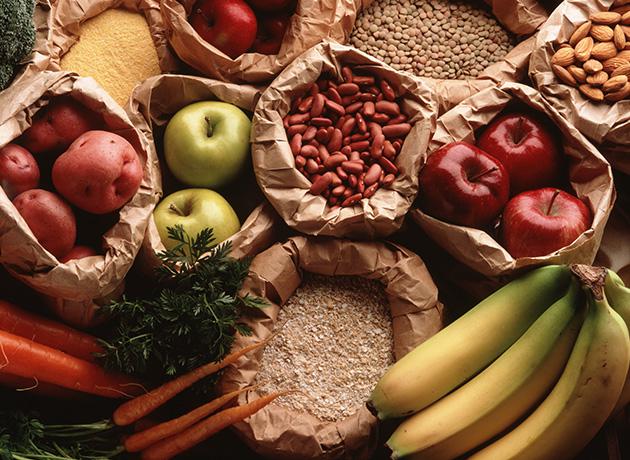Image by The Science of Eating
Hey folks! Happy Wellness Wednesday! Today I am sharing 10 fun facts about everyone’s favorite macro-nutrient: carbohydrates.
- Did you know that carbs are the only NON-ESSENTIAL macro-nutrient? Let me explain. Carbs are yummy. Carbs are addictive. Carbs are important for many reasons: for one, they are the preferred food of the central nervous system, and they are the body’s preferred fuel source for high intensity activities (think weight training, running sports). However, it is possible to be perfectly healthy without eating carbs. Crazy, right? (I know you’re thinking, “But Rexie, why would I want to live without carbs??) Well, think about it this way – carbohydrates provide energy; HOWEVER, energy can be derived from other sources (e.g. fats).
- Not all carbs are created equal! Carbohydrates [which break down into glucose in the body] can be broken down into three groups – simple, complex and fibrous. Simple carbs contain shorter chains of sugars; complex contain longer chains and fibrous carbs come from roughage, such as leafy green vegetables.
- Simple carbs include candy, cakes, fruit juices, brown sugar, molasses (just think SWEET), most of the cereals in your local grocery store and soda (hello, empty calories!). Processed/refined foods (such as white rice) contain often have added sugar in an attempt to improve flavor (those “low-fat” foods? Yup, added sugar). Natural foods contain simple sugars too! Fruits such as grapes, pineapples and bananas have a high sugar content.
- Every carb falls somewhere on the Glycemic index (GI), which is a scale that measures how fast carbohydrates are broken down or absorbed by the blood stream. Foods with a high glycemic index (white bread, white rice and potatoes) enter the bloodstream quickly. Lower GI foods such as whole grains and leafy vegetables enter the blood at a slower pace.
Image by Calioapp
- Simple sugars have a high GI. See above! Ever hear a gym rat say they eat a banana before a workout? It’s because the banana is more easily digested to provide energy for the workout session. On the other hand, it is advisable to eat whole grains (lower GI) because they make you feel fuller longer, which in turn reduces the likelihood of you overeating.
- When carbs are ingested, insulin is secreted. Think of simple carbs as an emotional rollercoaster – they result in a quick insulin spike, which is followed by a “crash,” leading you to crave more soon after. Think about the last time you ate those apple fritters, and how you were hungry 45 minutes after. Huh? With complex carbs, the spike is more gradual, and the duration between meals is longer (2-3 hours)… that is unless you are one greedy individual.
- Fibrous carbohydrates help facilitate the pushing of food through the system (think long bathroom breaks), but they have no effect on blood sugar levels.
Image by Kashi
- Not all carbs are bad! Majority of your diet should be from the good carbs (sweet potatoes, whole grains etc.). However, please bear in mind that your overall diet can still be considered healthy, even with inclusion of those “bad” foods (cakes, pastries, ice cream, sweets etc.). The secret? There is no secret! Just keep those crappy foods to a minimum. Hard, I know! They taste SO good! Why do all the bad things taste like heaven to my taste buds? As a side note: For bad foods which you cannot control: Avoid it all together if you would open up the floodgates of binging! It’s the smart thing to do.
- One size NEVER fits all: Ever go to dinner and see the guy across from you chugging back fettucine alfredo like it’s water from a healing fountain, and wonder how it’s possible? Don’t. Everyone is affected by carbs in a different way. It is important to tailor your carb intake according to your preference, tolerance, athletic and aesthetic goals (well said by Alan Aragon, a renowned nutritionist). Use the basics – timing, quantity and type.
- Timing: I prefer to eat my carbs earlier in the day (which is close to my workout window – I typically work out in the mornings). As the day progresses, I reduce my intake, as I require less energy (how much energy do you need to sit in front of a computer and analyze reports?)
- Quantity: I use a carb calculator (which takes into consideration my stats) to determine my daily carb intake. I don’t weigh food (too lazy, oops!); however, my measuring cup/spoon is my best friend! I use it to measure everything from oil to oats. Keeping track has never been so easy.
- Types: Before or after workouts, it is okay to eat carbohydrates with a high glycemic index (banana, white rice, cereal, bread) as they break down quickly (and can be used as an energy source during workouts). They also aid in muscle growth and recovery post-workout. Eating complex carbohydrates with a low glycemic index (rolled oats, lentils, chickpeas, leafy green vegetables) reduce the likelihood of binging and keep your blood sugar more stabilized than simple, high GI carbs would.
- On a final, reassuring note: carbs retain water. I remember a message I got from a friend of mine, lamenting on her weight increase. She couldn’t understand how the numbers increased by 2lbs when she had been doing everything right. She was on the verge of a meltdown. I had to calm her down and tell her what I’m about to tell you: Carbs retain water. For every 1g of carbohydrate consumed, your body can retain up to 3g of water. How insane is that! This water weight is usually shed/reversed a day or two after, so if you are going through this, do not despair! Reminds me of why I often scold people who use the scale as their sole method of tracking weight loss/progress. Ditch it! That, however, is a different topic for a different day.
Until then, stay healthy friends!
– Rexie
Disclaimer: This article is my point of view, backed by research/findings and personal consumption experience. Take it whole-heartedly, or with a grain of salt… I won’t mind!
Note: Some information culled from Fitness Magazine, Greatist and Daily Burn.



























